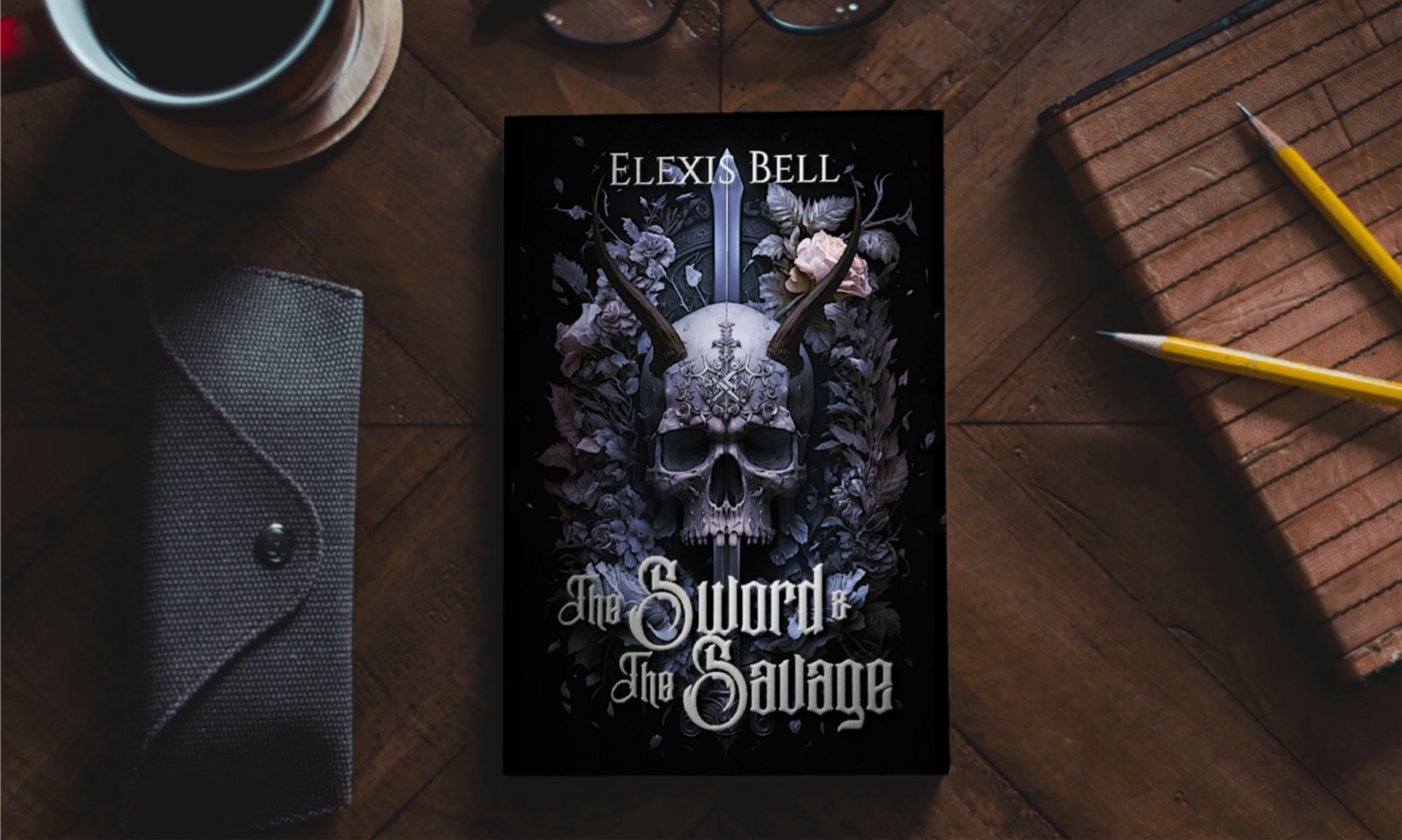Getting our books just right is hard sometimes. But there’s a really easy way to make it look more professional and potentially drive readers to your next book (or to review the book they’ve just read).
The secret?
It’s all those extra pages at the beginning and end of the book. The front and back matter.
Here’s a little list of things to include (or consider including) to take your book up a notch.
Front Matter
Pretty Title Page
This one isn’t necessary, but it does give the book a little something extra. In a few of my own books, I’ve put a page with the cover art but in black and white (printing in color drives the price way up), the typography off the cover, or a completely different design specially made for that page.
*Don’t include in ebooks. Different screen sizes from one ereader or app to another could cut the image off and make it look bad.
Regular Title Page
This one should be in there, whether you have a pretty title page or not. It’s easy to read and provides a good place for signatures.
Copyright Page
An absolute must. Include the copyright claimant, the copyright year, the ISBN, and the statement that the rights are reserved. If you want to, you can include the copyright registration number. If you’re not sure how to word all that, you can look at the books you read to see how they did it and take cues from their copyright pages.
*If you’re in a country that requires it, don’t forget to register your copyright.
Dedication
Optional, but nice. There are a lot of ways to format these. Sometimes a simple, “To Mom,” works, but you can get elaborate if you want to. There have been a lot of these floating around the internet that are more like… warnings for loved ones that shouldn’t read it.
Table of Contents
These aren’t 100% necessary, but a lot of readers really appreciate them. And as long as you have all your chapters/section headings marked as Headings in Word, it’ll format the table for you when you insert it. In the ebook format, you might want to set the table of contents up with hyperlinks to make things even easier for your readers.
Map
Not a necessity, but again, a lot of readers really like these, especially in high/epic fantasy.
Front or Back Matter
Other Books by This Author
I’ve seen these at the front of the book and at the back of the book. Either way is fine. If it’s an ebook (which means you can include hyperlinks) maybe put it at the back with something along the lines of: On to your next great read with…
If you’re publishing your debut novel, don’t stress about not being able to include this. Self-publishing means you can always update the files later to include this page.
If you have multiple books out, please please please include this! It’s free marketing for your other books directed at someone who already said yes to one of your books. Not including this is a wasted opportunity.
Back Matter
Thank You Page
Thank your reader. They just spent a ton of time in your world. They gave you and your characters and your creation their energy and focus. Thanking them gives the book a slightly more personal feel.
This page is also a great place to ask that they leave a review on Goodreads or Amazon.
Acknowledgements
This one isn’t a necessity, but it could be a nice little finishing touch. Whether you had a co-writer (who might have their own acknowledgements page to include), a developmental editor that really helped you from the start, supportive friends and family, a team of beta readers that went above and beyond, patreon supporters, or a group of writer friends that kept you going, this is a great place to mention them.
Afterword
Again, not necessary, but sometimes good. This is just a place to review some things that took place in the book, maybe compare themes to the real world, explain why something is the way it is, or address your reason for writing the book in the first place.
Two of my books include an afterword (though in one it’s called A Letter from the Author). One focuses on sexual abuse, its after effects, and the needs for better treatment of victims and stricter punishment for offenders. The other talks about suicide and includes the number for the suicide helpline. One that I’m currently writing will have an afterword that includes information about Obsessive Compulsive Disorder and memory deficits/time misperception in survivors of childhood sexual abuse.
These are pertinent to the books they’re placed within.
Yours don’t have to be so heavy.
About the Author
You definitely need one of these. Tell a little something about yourself, list awards if you’ve gotten any, and provide a website or social media platform for readers to follow you. Don’t go overboard with links though. Just a dab’ll do ya.
(So, no more than three or four.)
And these links should not be four pages long with random letters and symbols and numbers. Provide clean links or even simply usernames for certain platforms.
Teaser of the next book in the series
If this is a series, you can include a small excerpt of the next book to try and lead your reader through. The first chapter is usually a good amount.
Pick and choose which of these are best for you and your book. Have fun with it, and good luck with your publishing journey!
Subscribe for sneak peeks and updates on my upcoming books (and get a free short story).
Check out my gritty, literary sci-fi and fantasy books here.
Find me on Goodreads.
Want to help fund this blog and my writing efforts? You can support me directly here.
